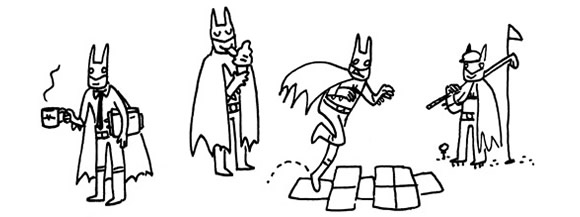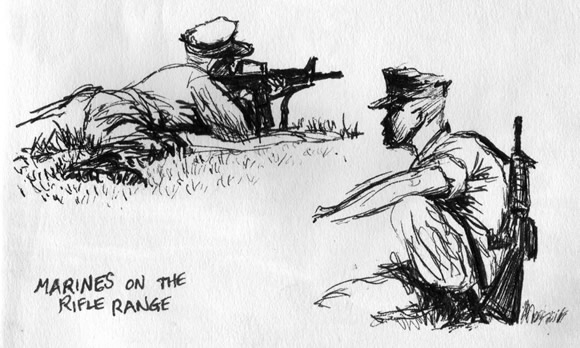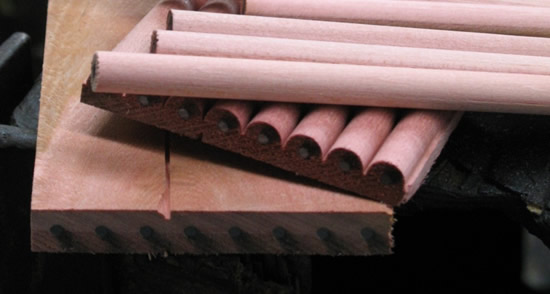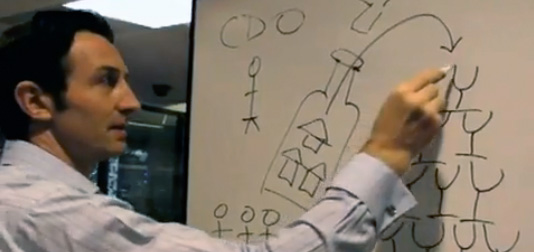 Batmen have lives too. Above is just a sampling from Yuko Ota's 3 pages of Batmen doodles.
Batmen have lives too. Above is just a sampling from Yuko Ota's 3 pages of Batmen doodles. Batmen in Their Off-Hours
 Batmen have lives too. Above is just a sampling from Yuko Ota's 3 pages of Batmen doodles.
Batmen have lives too. Above is just a sampling from Yuko Ota's 3 pages of Batmen doodles.  Batmen have lives too. Above is just a sampling from Yuko Ota's 3 pages of Batmen doodles.
Batmen have lives too. Above is just a sampling from Yuko Ota's 3 pages of Batmen doodles. From infanthood, today’s students have been exposed to an incessant supply of visual stimuli via television, books, video-games, and computers. Some studies are even showing that as a result of the continual stimuli, the visual pathways in children’s brains are actually changing. Though this influx of visual stimuli is certainly a controversial topic - one side of the debate arguing that children should be taught to learn the “way they used to,” the other that children are now better multi-taskers and problem solvers; the fact is, that regardless of which side of the fence we’re on, today’s culture is cultivating the visual learner. Stimulating imagery is now the language we communicate with on a global level. We gather most of our information from a visual source. Whether it is a highway billboard, a monitor or an iphone, visual communication is the medium that children are using to gather (and retain) their information as well. If our education system won’t learn to speak their language, we risk the chance of not only leaving students disinterested in the classroom – we run the risk of leaving them behind completely.Power in Art Blog: Drawing in the Visual Learner

Marines on Rifle Range by Kristopher Battles


When you feel inadequate in your sketching, pause and reconsider your perspective. Don’t worry how well you draw. Instead, think of your sketching as visual thinking, which works regardless of your drawing quality. Ugly gets the job done just fine.More
To draw is to understand what we see. In The Undressed Art, writer-naturalist Peter Steinhart investigates the rituals, struggles, and joys of drawing. Reflecting on what is known about the brain’s role in the drawing process, Steinhart explores the visual learning curve: how children begin to draw, how most of them stop, and what brings adults back to this deeply human art form later in life. He considers why the face and figure are such commanding subjects and describes the delicate collaboration of the artist and model. Here is a powerful reminder that no revolution in art or technology can undermine our vital need to draw.